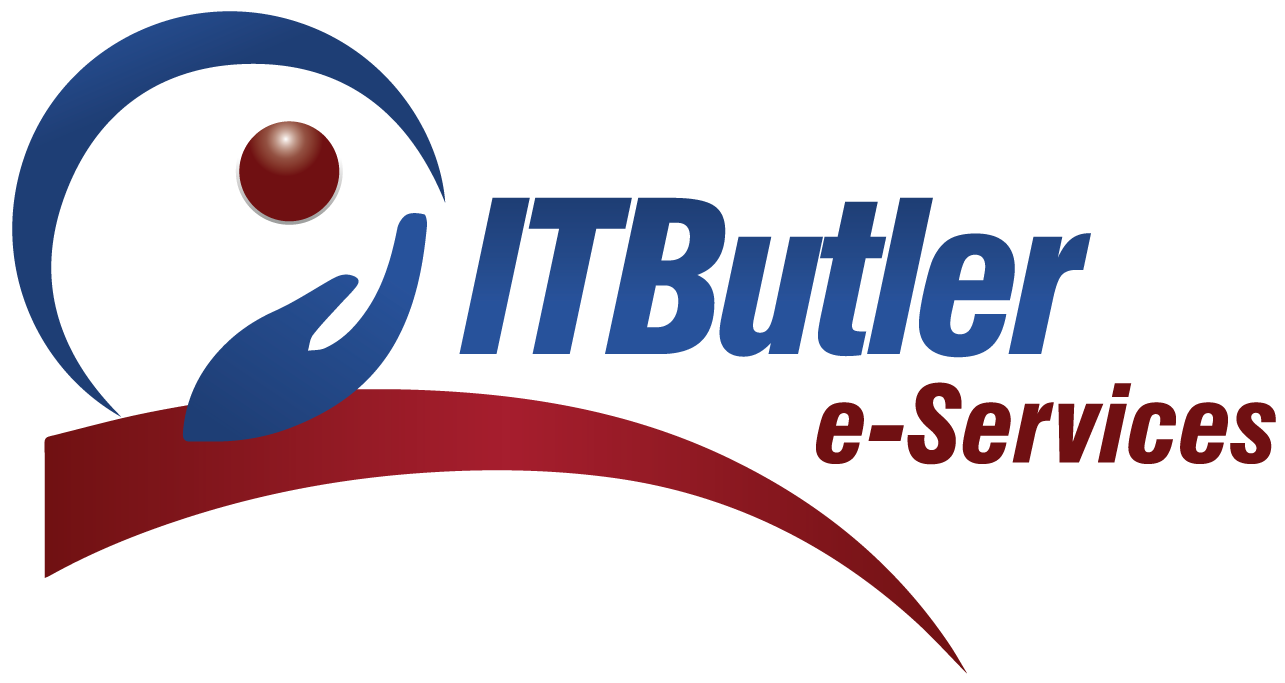Have you ever wondered how financial institutions in Saudi Arabia ensure their software systems remain secure and compliant with regulations? However, financial institutions are at an increased risk of cyber threats, so they need assurance of their systems’ security and stability. Another relevant authority that regulates security and stability in banking institutions is SAMA, which provides stricter rules about institutional software development. Moreover, ensuring SAMA software compliance is obligatory for banks, fintech organizations, and IT providers dealing with financial data.
Furthermore, communication plays an important role in the software development process, and this can only be achieved if developers have adequate knowledge and understanding of SAMA regulations. So, it goes without saying that violating these standards attracts severe fines, legal consequences, and negative effects. This blog aims to give a comprehensive description of SAMA compliance for software development regarding matters such as importance, regulation, procedure, and future development.
Understanding SAMA Software Compliance
According to the Central Bank of Saudi Arabia, SAMA functions to regulate financial institutions inside the country while managing their standard operations. For this reason, SAMA creates operational standards that banks and insurance providers, alongside fintech companies must follow together with their software development procedures.
Financial software application providers must adhere to a complete set of security rules and standards that constitute SAMA compliance services. In addition, these governing procedures defend customer data and maintain financial organization stability while protecting against cyber intrusions. So, every financial establishment conducting business in Saudi Arabia must follow the mandatory compliance rules, including traditional banks and financial technology operators.
Moreover, companies executing SAMA software compliance guidelines benefit from:
- Ensure data privacy and security.
- Prevent cyber threats and fraud.
- The organization must preserve trust as it exists among its customer base and stakeholder community.
- Avoid penalties and legal consequences.
- Financial institutions need to enhance their financial application quality standards together with their security measures.
Thus, SAMA compliance standards represent requirements for financial institutions. Because non-compliance leads to multiple serious penalties, such as financial fines and license revocation as well as damage to customer trust.
Key SAMA Regulations for Software Development
SAMA has introduced a Cybersecurity Framework to ensure that financial institutions follow best practices for software security. This framework outlines key security measures that software developers must implement to protect financial applications.
SAMA Cybersecurity Framework
The SAMA Cybersecurity Framework is a set of security standards designed to protect financial institutions from cyber threats. Although it focuses on risk management, secure software development, incident response, and data protection.
However. Developers must follow the framework’s guidelines when designing and building financial applications. This includes securing application architecture, implementing strong authentication methods, and conducting regular security assessments.
Data Privacy and Protection
SAMA regulations require software applications to follow strict data protection measures. Therefore, developers must ensure that all sensitive customer data is encrypted and securely stored. Applications should also allow users to manage their data, such as requesting account deletion or data removal.
Additionally, data privacy rules also require financial institutions to restrict access to sensitive information. Only authorized personnel should be able to access or modify customer data, Moreover, all access attempts should be logged and monitored.

Risk Management and Incident Response
One of the key aspects of SAMA software compliance is ensuring that financial applications have strong risk management in addition to incident response mechanisms. This includes:
- Firstly, identifying potential security threats and vulnerabilities.
- Implementing proactive security measures to prevent attacks.
- Establishing clear procedures for responding to security incidents.
- Regularly testing security systems to detect and address weaknesses.
A well-defined incident response plan helps financial institutions respond quickly to cyber threats and minimize damage in case of a security breach.
Compliance Monitoring and Reporting
SAMA requires financial institutions to monitor their software applications for compliance and security risks. So, companies must conduct regular audits to ensure that their applications meet SAMA software guidelines.
Moreover, in the event of a security breach, companies must report the incident to SAMA immediately. However. Failure to report incidents can result in legal penalties and further regulatory scrutiny.
Penalties for Non-Compliance
Non-compliance with SAMA regulations can have serious consequences for financial institutions and software developers. Consequently, companies that fail to meet compliance standards may face heavy fines, legal actions, and reputational damage. In severe cases, SAMA can revoke operating licenses, restricting a company’s ability to do business in Saudi Arabia
Best Practices for SAMA Compliance in Software Development
To meet SAMA’s requirements, software developers should follow these best practices:
1. Follow Secure Coding Standards
- Use security-focused programming techniques.
- Avoid hardcoded credentials and sensitive information in the code.
- Conduct regular code reviews to find and fix security issues.
2. Encrypt Data and Secure Communication
- Always encrypt sensitive user data before storing it.
- Use secure communication protocols like HTTPS and TLS.
- Implement multi-factor authentication (MFA) for better security.
3. Regular Security Testing
- Perform penetration testing to find vulnerabilities.
- Conduct security audits to ensure compliance with SAMA software guidelines.
- Use automated tools to check for security flaws.
4. Implement Role-Based Access Control (RBAC)
Firstly, not everyone should have access to all data. Therefore, developers should:
- Restrict access to sensitive areas of the application.
- Moreover, define user roles with different permission levels.
- Log and monitor all access to critical systems.
5. Keep Software Updated
- Regularly update software to patch security vulnerabilities.
- Avoid using outdated or unverified third-party libraries.
- Stay informed about the latest updates.
How Developers Can Ensure Compliance
Ensuring SAMA compliance requires a proactive approach to software security. So, here’s how developers can achieve compliance in their projects:
- Use a Compliance Checklist: A checklist helps track compliance requirements and ensures no critical security measures are overlooked.
- Stay Updated on Regulations: SAMA regularly updates its compliance requirements, so developers must stay informed about the latest changes.
- Work with Compliance Experts: Consulting security professionals can help ensure that applications meet all regulatory standards.
- Leverage Security Tools: Using automated security tools for monitoring, logging, and vulnerability scanning can enhance compliance efforts.
Future of SAMA Compliance and Evolving Regulations
As technology advances, SAMA compliance will continue to evolve. In addition, new security challenges, such as AI-driven cyber threats and blockchain-based financial transactions, will require updated regulations and enhanced security measures.
In addition, future compliance trends may include:
- Stronger data protection laws are needed to prevent unauthorized access.
- AI-powered security monitoring to detect and prevent cyber threats.
- Further, blockchain integration for secure and transparent financial transactions.
- Stricter cloud security regulations are expected as more financial institutions adopt cloud-based solutions.
Furthermore, financial institutions and software developers must stay ahead of these trends to ensure ongoing compliance with SAMA software guidelines.
Conclusion
In summary, any company in the field of finance must observe the standards set by SAMA software. Additionally, it is a form of defense against data breaches, safeguards the business from cyber threats, and is a way to pass on customer trust. There is a secure coding practice and encryption that a developer has to follow, perform security audits, and be current on legal compliance.
That way, the businesses can ensure they develop adequately secure, available, and legally compliant financial applications. Measures should be taken early and actively to maintain and ensure that security and compliance within the financial sector remain on the right side of the growing trends in digital finance to remain relevant.






